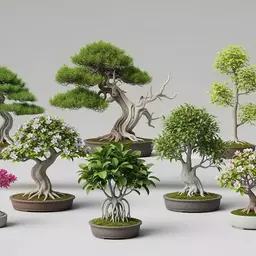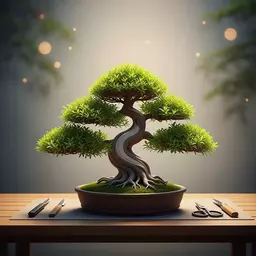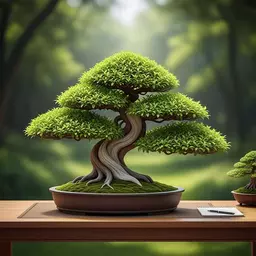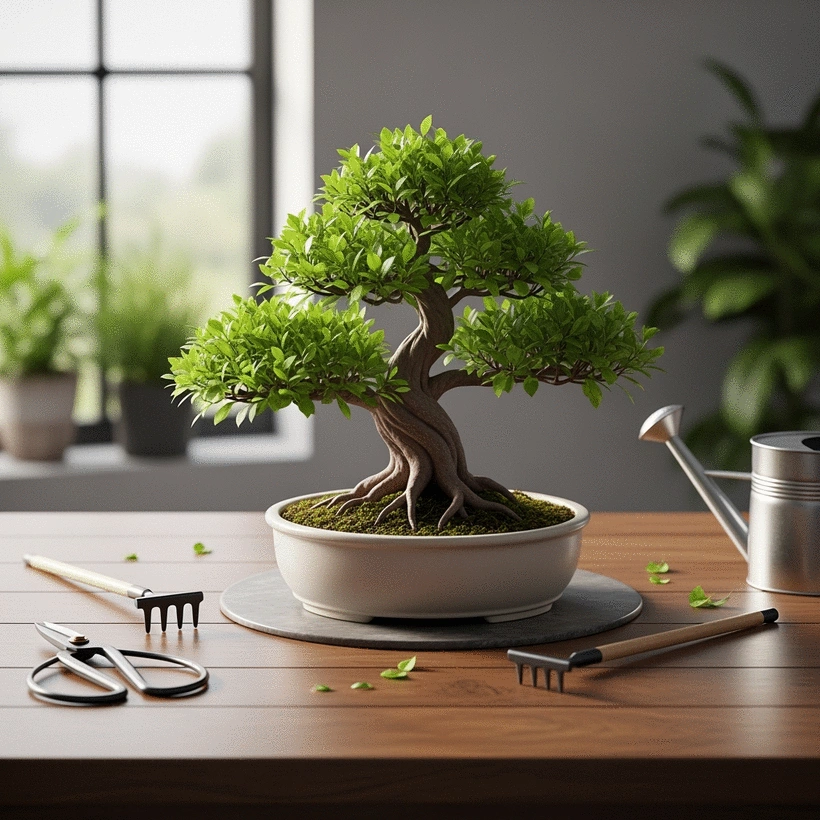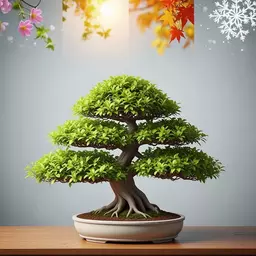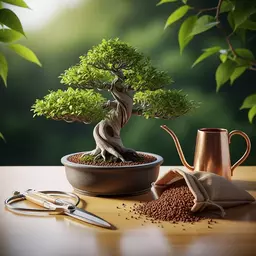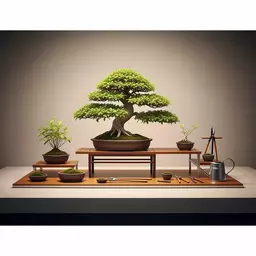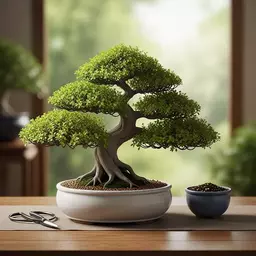Naturalistic Bonsai: Tips and Tricks
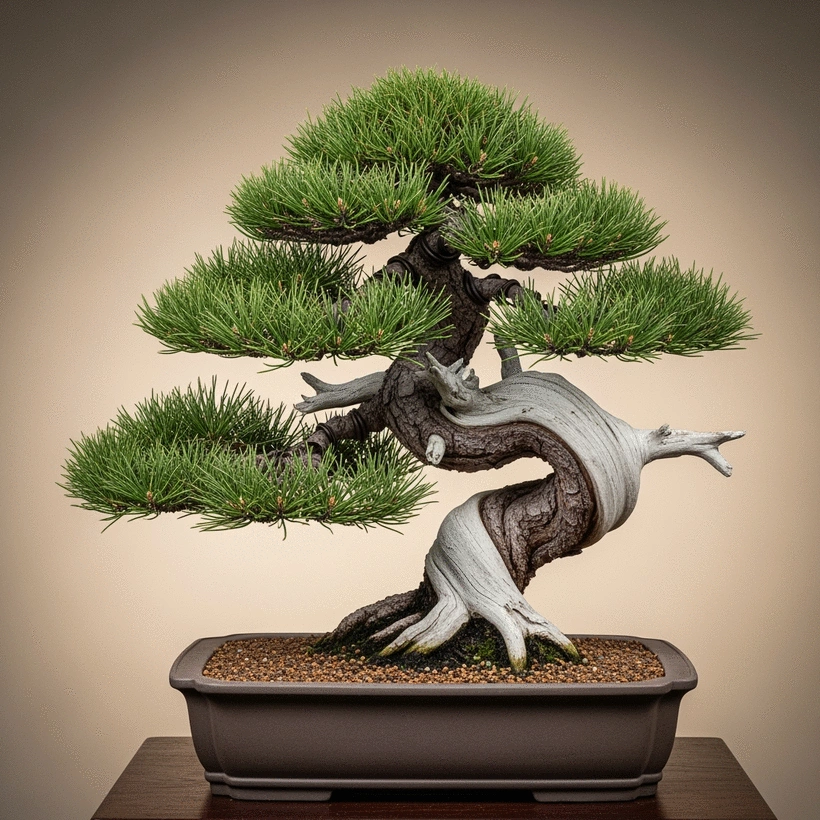
In the world of bonsai, the smallest details can make the biggest difference. Crafting a naturalistic bonsai is not just about aesthetics; it’s about connecting with nature and appreciating its beauty in a miniature form. Let’s explore the essential lessons you’ll gain from this artistic journey.
What You Will Learn
- Naturalistic bonsai emphasizes realistic aesthetics, reflecting the beauty and structure of full-sized trees.
- Key aesthetic principles such as balance, proportion, and texture are crucial for creating lifelike representations in bonsai.
- Engaging with the bonsai community enhances your skills and provides inspiration through shared experiences.
- Patience and observation are essential; bonsai cultivation is a slow art that requires careful nurturing and time.
- Experimentation with different techniques allows you to develop a unique style that reflects your artistic vision.
Core Principles of Naturalistic Bonsai
Naturalistic bonsai emphasizes realism by mimicking nature's beauty and characteristics. Below are the key aesthetic principles that guide this art form, helping you to understand bonsai care for beginners.
Principle 1
Balance
Achieving equilibrium in your bonsai's design ensures a harmonious and stable appearance, reflecting natural growth.
Principle 2
Proportion
Ensuring each element's size complements the whole tree creates a believable miniature representation.
Principle 3
Texture
Variations in bark and foliage create a realistic feel, adding depth and authenticity to the miniature tree.
Principle 4
Observation
Studying mature trees in nature is crucial to understanding natural shapes and growth patterns for realistic bonsai.
Understanding Naturalistic Bonsai: Defining Realism in Miniature Trees
Bonsai is more than just a hobby; it’s an art form that requires passion and dedication. Today, let’s dive into the world of naturalistic bonsai—a style that emphasizes realism and captures the essence of nature in miniature trees. But what exactly does this mean? Let’s explore together!
What is Naturalistic Bonsai?
Naturalistic bonsai is a captivating approach that aims to mimic the beauty and characteristics of full-sized trees. This style captures the essence of nature by reflecting the shapes, textures, and proportions of mature trees. It's about creating a harmonious piece that tells a story, showcasing the beauty found in nature.
- Focuses on realistic aesthetics
- Emphasizes organic shapes and growth patterns
- Incorporates natural elements like deadwood and rock
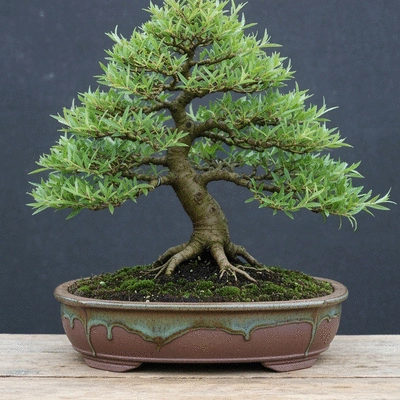
By understanding and applying these principles, you can create a bonsai that feels alive and true to its roots. At Shire Bonsai, I love sharing these techniques to help you craft your unique masterpiece!
The Importance of Realistic Aesthetics in Bonsai Art
Realistic aesthetics are essential in bonsai cultivation as they connect viewers to the natural world. By crafting a bonsai that reflects the beauty found in nature, we invite appreciation for the art and the natural environment. Creating a naturalistic bonsai allows us to embrace the art form while respecting the traditions behind it. For those looking to refine their trees, bonsai pruning techniques for beginners can be a great starting point.
- Brings a sense of tranquility
- Encourages deeper connections with nature
- Enhances the overall artistic expression
When bonsai enthusiasts aim for realism, it elevates their creations from mere plants to living works of art that resonate with anyone who sees them. This connection is what fuels my passion for bonsai and drives me to inspire others at Shire Bonsai!
Exploring the Aesthetic Principles of Naturalistic Bonsai
Naturalistic bonsai relies on key aesthetic principles to create a lifelike appearance. These principles guide how we shape, style, and care for our trees. Here are a few to consider:
- Balance: Achieving a sense of equilibrium in your bonsai's design.
- Proportion: Ensuring the size of each element complements the whole tree.
- Texture: Incorporating variations in bark and foliage to create a realistic feel.
By mastering these principles, you can transform your bonsai into a breathtaking representation of nature itself. Join me at Shire Bonsai as we delve into these concepts and start your journey toward crafting your own stunning living art!
Pro Tip
To truly capture the essence of naturalistic bonsai, spend time observing the trees around you. Take note of their unique shapes, branching patterns, and how they interact with their environment. This observation will enrich your understanding and inspire more authentic designs in your bonsai creations.
Summarizing the Art of Naturalistic Bonsai
As we wrap up our exploration of naturalistic bonsai, it's essential to remember that crafting these miniature trees is not just about techniques; it's about the relationship between you and nature. Each bonsai tells a story, reflecting the time and care you invest in shaping it. I believe that understanding these key takeaways can guide you on your journey to creating stunning bonsai that embody realism and artistry.
Here are some key takeaways to keep in mind:
- Observe nature: Spend time studying mature trees in your environment to understand their natural shapes and growth patterns.
- Practice patience: Bonsai cultivation is a slow art. Allow your trees to develop naturally over time.
- Experiment: Don't hesitate to try different techniques and styles. Each tree is unique, and your creativity is the limit.
- Seek inspiration: Attend workshops or exhibitions to gain new insights and learn from fellow bonsai enthusiasts.
By keeping these principles in mind, you'll be well on your way to mastering the art of bonsai and creating trees that resonate with beauty and realism.
Next Steps: Engaging with the Bonsai Community
Connecting with fellow bonsai lovers can be a rewarding experience! At Shire Bonsai, we encourage you to engage with our community through forums, social media, and local meetups. Sharing your experiences and learning from others enhances your skills and broadens your perspective on bonsai care.
- Join online forums to ask questions and share tips with other bonsai enthusiasts.
- Participate in local bonsai clubs to make connections and learn from seasoned practitioners.
- Attend bonsai exhibitions to see incredible displays and gain inspiration for your own projects.
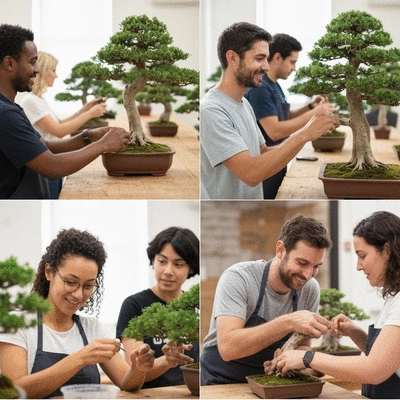
By immersing yourself in the bonsai community, you not only gain valuable knowledge but also foster friendships that can enrich your bonsai journey.
Exploring Bonsai Literature and Resources for Further Learning
The world of bonsai literature is vast and full of resources that can deepen your understanding of this beautiful art form. Whether you prefer books, online courses, or video tutorials, there are countless options available to help you refine your skills. You might also find it helpful to explore bonsai wiring techniques for further styling insights.
- Books: Look for classics such as “The Complete Book of Bonsai” by Harry Tomlinson or “Bonsai: The Art of Growing and Keeping Miniature Trees” by Peter Chan.
- Online courses: Platforms like Udemy and Skillshare offer excellent courses on bonsai techniques and styling.
- YouTube channels: Follow bonsai experts who share practical tips, styling techniques, and maintenance advice.
With these resources at your fingertips, you’ll be empowered to continually grow your bonsai knowledge and create stunning, lifelike trees that express your artistic vision.
Recap of Key Points
Here is a quick recap of the important points discussed in the article:
- Naturalistic bonsai emphasizes realism, mimicking the beauty and characteristics of full-sized trees.
- Key aesthetic principles include balance, proportion, and texture to create a lifelike appearance.
- Cultivating bonsai requires patience and a deep understanding of natural growth patterns.
- Engaging with the bonsai community through forums, clubs, and exhibitions can enhance your skills and provide inspiration.
- Utilizing various resources, such as books and online courses, can further deepen your knowledge of bonsai cultivation.
Frequently Asked Questions About Naturalistic Bonsai
What is naturalistic bonsai?
Naturalistic bonsai is a style of bonsai cultivation that focuses on mimicking the natural appearance, characteristics, and growth patterns of full-sized trees in miniature form, emphasizing realism and organic beauty.
What are the core aesthetic principles of naturalistic bonsai?
The core aesthetic principles include Balance (achieving equilibrium), Proportion (ensuring elements complement the whole), Texture (variations in bark and foliage), and Observation (studying mature trees in nature).
Why is realism important in bonsai art?
Realistic aesthetics are crucial because they connect viewers to the natural world, evoke a sense of tranquility, encourage deeper connections with nature, and enhance the overall artistic expression of the bonsai.
How can I improve my naturalistic bonsai skills?
To improve your skills, observe nature, practice patience, experiment with different techniques, and seek inspiration by engaging with the bonsai community through forums, clubs, exhibitions, and literature/online resources.
What resources are available for further learning in bonsai?
You can deepen your knowledge through books like “The Complete Book of Bonsai,” online courses on platforms like Udemy and Skillshare, and YouTube channels from expert bonsai practitioners.
For those looking to expand their collection and practice these techniques, discovering 10 easy bonsai tree species can be an excellent step.
